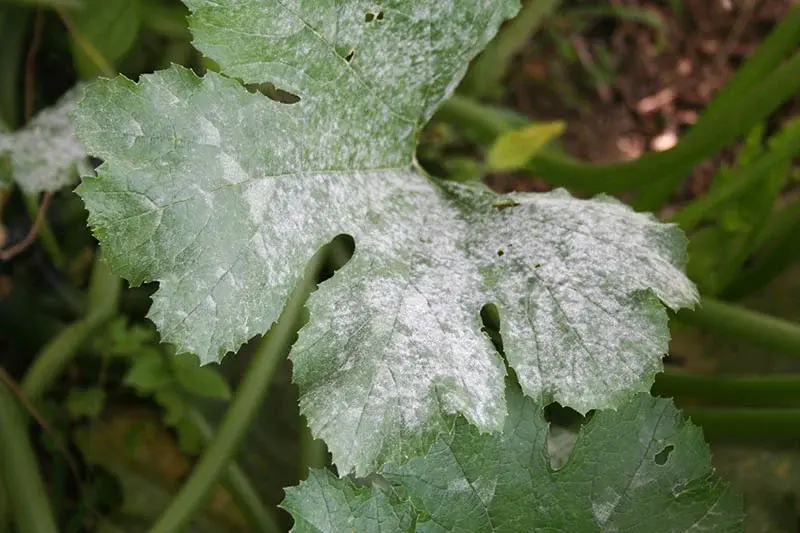Garden repairs & TLC after storm damage.
- Tammy Johnson

- Jan 16, 2024
- 4 min read

Written and edited by Tammy 16th January 2024
If there's ever been a Summer for breaking weather records this would have to be the one.
Not too many parts of Australia have been spared the brunt and devastation of storms and floods.
My home country town of Naracoorte in SA recently broke records and made the news receiving more than 5 inches of rain in less than an hour.
The consequences and negative impact it's had on our homes and gardens, for some, has been heartbreaking.
The obvious damage in our gardens after storms is always snapped branches and broken limbs, but in the wake of what we've recently seen, comes a host of other issues we're less familiar with.
Storm damage issues
Nutrient Leaching
Nutrient leaching occurs when excessive volumes of water flush all the nutrients from the soil leaving it infertile, often eroding away any mulch and top layers of soil in the process.
Within a couple of weeks, the first obvious signs might be interveinal chlorosis (yellowing of the leaves between the veins) then progressing on to foliage drop.
Pictured right is my little Trixzee ™️ minature peach that started the season looking lush and green then progressed to this state quickly after the 5 inches of rain we had.
After some evaluations I concluded that it was a nutrient deficiency, most likely as a result of all the rain.

What to do
When any plant is stressed and unhappy always start out with Seasol Complete Garden Health Treatment.
Being a soluble health tonic, it's taken in and utilised by the plant almost immediately to boost its immune system, overcome stress and stimulate the roots to encourage nutrient uptake.
My tree was treated with both Seasol health treatment AND Seasol liquid PowerFeed fertiliser together at the same time (it is completely safe to do) and I'm continuing to do so at fortnightly intervals monitoring the change.
The two products have very different purposes. The health treatment (in the white bottle) is a plant derivative made from kelps, lower in nutrients and ideal as a health treatment, while PowerFeed (in the green bottle) derived of fish, contains Nitrogen, Phosphorus and Potassium (NPK) so it's a complete fertiliser.
Both products have a low percentage of Phosphorus, so they are completely safe for natives as well.
NOTE* Seven days after commencing treatment, you can see the yellowing is less severe and the newly emerging foliage is beginning to green up.
Drowning
Drowning is another issue that can arise. Plants need oxygen just like us, heavy clay soils don't drain easily, and when they become water-logged, there's little to no oxygen available essentially leading to plants drowning.
Potted plants can also become victims of drowning if they're not up off the ground to be able to drain freely, or if the drainage holes become blocked with matted roots.
You'll need to
Drain away as much water as possible and allow the pot to dry out. Consider repotting into fresh potting soil if necessary, and make sure your pot sits up on pot feet or something to elevate it off the ground to aid drainage.
Plants in the ground can be a little trickier.
Try the following.
Lift and transplant less mature plants if practical to do so.
Aerate the soil once it has dried enough.
Add and turn through compost and organic matter to improve the soil structure and nutrient availability.
Apply and Incorporate gypsum. Gypsum aids drainage in heavy soils.
Mound up extra soil to create raised beds up above the original ground level.
Plants that can't be transplanted or moved should be given Seasol heath treatment and pruned back to lessen their workload and help them recover.
Physical damage
The added weight of heavy rain combined with gale force winds can cause large tree limbs to fall and bushy overgrown shrubs to snap and break.
In some instances, a combination of sodden wet soil and strong winds can be enough to partially dislodge and loosen roots from the soil, or even uproot them entirely.
How to repair and prevent
Prune back and dead head regularly to eliminate excess weight on the plant. Not only will it lower the risk of further damage in future storms, but it will allow for air circulation in the canopy of the plant which helps prevent disease. Pruning back also benefits the plant by encouraging a flush of fresh new growth.
Pests and diseases
Continued heavy rainfall events in the warm weather bring with it humidity, making conditions ideal for fungal diseases and insects to breed and thrive. If not caught in time, it can only take a matter of days for things to become critical.
How to treat and eliminate
Routinely check for evidence of insect infestations, Rust, Powdery Mildew and Black Spot. Treat with fungicides and insecticides.
Earthcare Rose Black Spot & insect spray or/Sharp Shooter Rose Black Spot & insect have the advantage of being dual action, helping to kill and control fungal diseases and pests.
Follow up with Seasol Health treatment as a complimentary to help the plant overcome its challenges.


Tip*
Don't forget to turn off automatic irrigation systems, it won't be necessary for a while until things dry out a little. There'd be nothing worse than unknowingly contributing to the issues.
With the unpredictably of our weather and the extremes of each event becoming more frequent, I think we need to be as pro-active and as well educated as we can with how to prevent and treat the challenges as they arise.
As always, happy gardening. 😘🌸







Комментарии